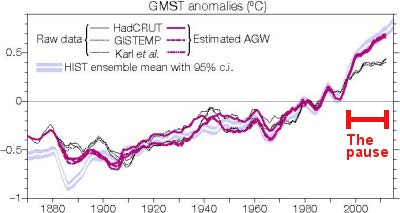Link here.
The essay is a fascinating look at the origins in the 1950s of the U.S.’s defense triad of ground-launched ICBMs, submarine-launched ICBMS, and bombers. The section on the history of ICBMs describes nicely the roots of the Atlas 5 rocket as well as many of the federal government’s contracting policies for its big government projects like SLS.
You can’t just call up a new weapons system from nothing by sheer will alone. As [Thomas Hughes, in his history of Project Atlas] explains, there were severe doubts about how one might organize such a work. The first instinct of the military was to just order it up the way they would order up a new plane model. But the amount of revolutionary work was too great, and the scientists and advisors running the effort really feared that if you went to a big airplane company like Convair and said, “make me a rocket,” the odds that they’d actually be able to make it work were low. They also didn’t want to assign it to some new laboratory run by the government, which they felt would be unlikely to be able to handle the large-scale production issues. Instead, they sought a different approach: contract out individual “systems” of the missile (guidance, fuel, etc.), and have an overall contractor manage all of the systems. This took some serious effort to get the DOD and Air Force to accept, but in the end they went with it. [emphasis mine]
Sounds remarkable like the way the SLS rocket program is organized, with different contractors building different engines and stages and one contractor (Boeing) acting as top manager. More interestingly, the way the military used to do things — put out a request and let the private sector build it — is similar to the way NASA is doing things in today’s commercial cargo/manned program. What forced the transition from having the private sector design things to having the government entirely in charge? I have highlighted the key phrase, “the scientists and advisors running the effort.” They might have been sincere and they might even have been right, at the time, but nonetheless their approach was still a power grab, taking control of design and construction from the private sector and shifting it to them and the government entities building the rockets.
When construction actually started, the government ended up with six different rocket programs, Redstone, Atlas, Thor, Titan, Polaris, and Minuteman.
The redundancy was a hedge: the goal was to pick the top two of the programs and cancel the rest. Instead, Sputnik happened. In the resulting political environment, Eisenhower felt he had to put into production and deployment all six of them — even though some were demonstrably not as technically sound as others (Thor and Polaris, in their first incarnations, were fraught with major technical problems). This feeling that he was pushed by the times (and by Congress, and the services, and so on) towards an increasingly foolish level of weapons production is part of what is reflected in Eisenhower’s famous 1961 warning about the powerful force of the “military-industrial complex.”
Once again, this history illustrates the power grab that took place in Washington in the 1950s, something that Eisenhower did not like. Sixty years later, the rocket industry is struggling to transition back to the old way of doing things, because it actually works better. Before the 1950s, our innovative, competitive, and fast moving technological private sector made the United States an unbeatable powerhouse. Afterward, we increasingly lost the ability to innovate and compete, because the system created by these scientists and advisors did not encourage competition. Instead, they instituted a top-down centralized command approach, ironically quite similar to the Soviet model, the very philosophy the United States was opposing during the Cold War.
The failures of that top-down approach — illustrated starkly by SLS’s gigantic budget, interminable delays, and little produced — might finally be coming home to roost, allowing a new power grab by a competitive private sector. The change I think will be generally beneficial, not only to the needs of the federal government but to the needs of the general population, as it will generate a lot more wealth, a lot more innovation, and a lot more excitement, as it once again makes the U.S. a powerhouse, this time out among the planets.




